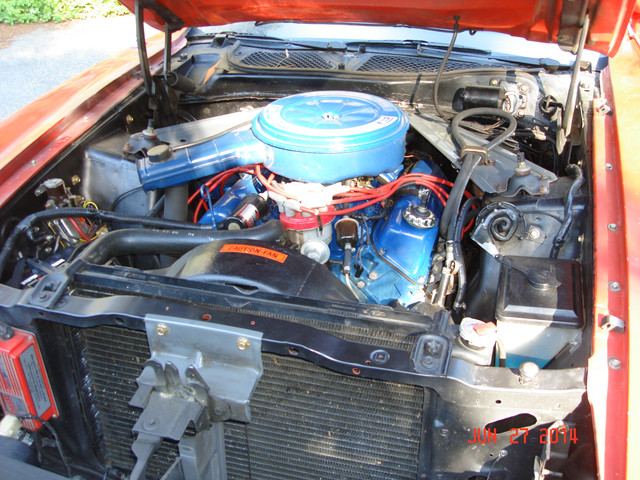- Joined
- Feb 14, 2016
- Messages
- 524
- Reaction score
- 2
- Location
- Clover
- My Car
- 72 Mach 1, Q code 351CJ, 4 speed.
When I pull the heads off what modifications should I do to get the most out of my 1972 351 CJ heads?
I will definitely do screw in studs and guide plates for a .600 lift cam
What porting\polishing?
Gasket match both intake and exhaust?
Stainless one piece valves?? What brand?
Larger valves? What size?
Bee hive or cam matched springs?
Gasket match head gasket? Polish?
What else?
I will definitely do screw in studs and guide plates for a .600 lift cam
What porting\polishing?
Gasket match both intake and exhaust?
Stainless one piece valves?? What brand?
Larger valves? What size?
Bee hive or cam matched springs?
Gasket match head gasket? Polish?
What else?





